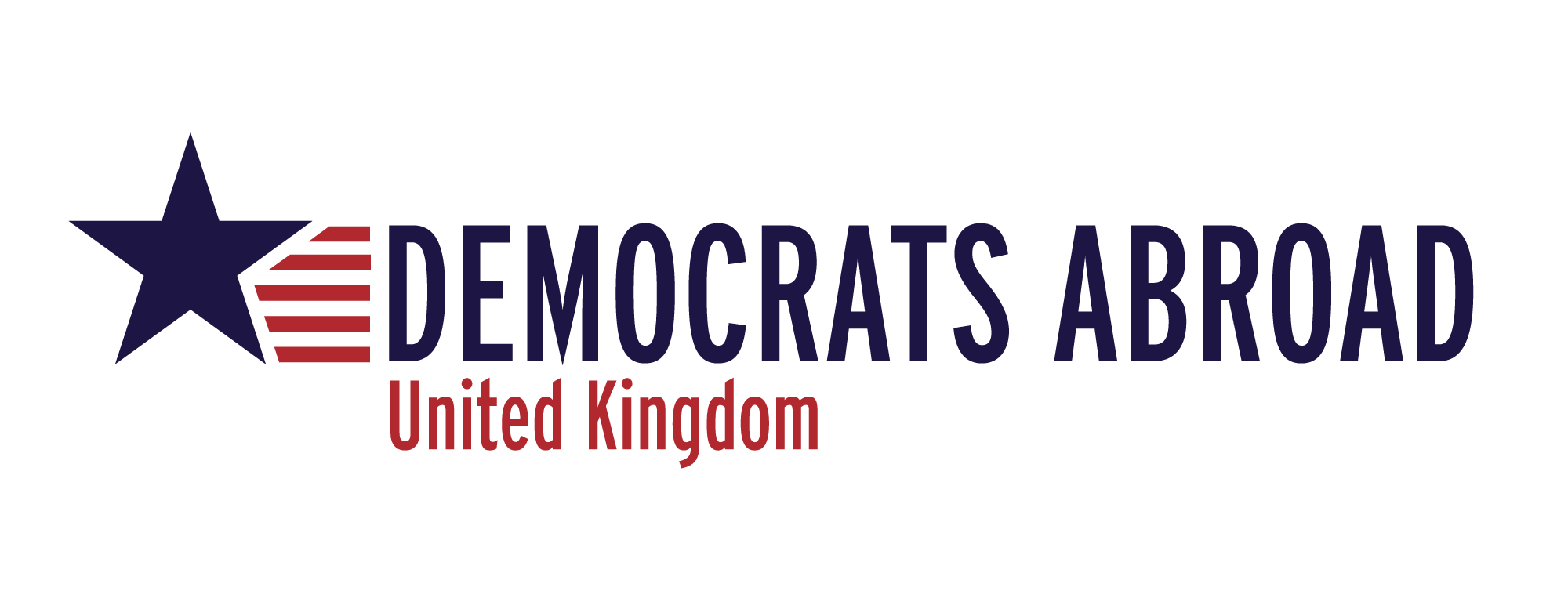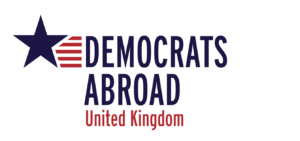
Briefing Notes No 45
The Brainwashing of My Dad by Jen Senko
May 11, 2017
After-screening panel discussion and Q and A Professor Charlie Beckett and DAUK member Karin Robinson.
Why is the right-wing so powerful and influential in the US media landscape? Why have so many Americans been seduced by the false information, rage and hatred promoted?
The film
Jen Senko’s story of her father’s transformation from an apolitical Kennedy Democrat into a virulent right wing conservative will resonate with many Americans.
Tracking the growth, power and techniques deployed by the most popular right-wing broadcast media, she focuses on Fox News—founded in 1996, and still the most-watched cable news, and talk radio’s Rush Limbaugh Show—founded in 1988 and still the most-listened to talk show. (NPR has the most-listened to news programs!)
She outlines the projects, dating from the Nixon era onwards to create or link up the conservative and right-wing infrastructure of think-tanks, publishing houses, policy advocacy groups, media outlets, funders and the priority they give to effective ‘media messaging’. To many of us, this territory is familiar, but the details of their networking, e.g. Norquist’s Wednesday meetings are very illuminating.
Starting with Nixon’s and Reagan’s mainstreaming of conservative cultural populism against the ‘snobby liberal elites’, she highlights how effectively the right has been in re-framing issues – tax “relief” rather than “cuts”, branding – the “liberal” media, and “othering” including the then thinly– veiled racist appeals – of Nixon’s Southern strategy and Reagan’s invocation of “welfare queens”.
Alongside this, she dissects the “noise machine” with its bullying, distraction, deflection, the creation of uncertainty and the denigration of experts and appeals to anger. And relates that to the susceptibility of people to “brainwashing by stealth”. Part of that explanation is found in ‘isolation’ from alternative sources of information and the power of anger as an emotion.
She points out how Fox News shaped the broader media’s news agenda and its presentation.
The 2016 election and Trump
We may see Trump and the current Republican Party as on and driving that trajectory, but there are other issues and
factors we need to unpack: the economic, social and technological forces in play, the changes to the whole media ecosystem, and changes in the political parties.
Undoubtedly, the “media ecosystem” is much more complex than the film can explore. The anchors in the right-wing media network shifted in 2016 with Breitbart, Infowars, becoming significant influences. Also new was the extent and power of “fake news” and Trump’s sustained and systematic attacks on journalism and journalists.
The way people access the internet has shifted, with the plurality of people using smart-phones. Americans do increasingly live in information “silos”and interact in echo chambers; however, this polarization is not symmetric: it is Trump supporters and Republicans who increasingly rely on limited and hyper-partisan media.
Trump has made blatant lying and unabashed racism and sexism routine; he has challenged basic constitutional principles, the ethics of governance and the independence of our electoral system. His supporters, the right-wing media and the Republican Party are not holding him to account for his most egregious violations, as they are focused on pursuing their shared policy agendas and legislation.
The Democratic Party, the media, messaging and interaction
We know that these are serious and dangerous times.
Among the challenges we face are to understand, navigate and interact effectively within the whole media ecosystem. Networked information envelops us and news is now shared in different ways. Some issues have come to the forefront: for example, the distrust of the mainstream media and journalists, the role of emotion, and “fake news”.
We want to be able to reach outside our echo chambers and communicate our news, views and values, policies and programs effectively. Right now, we may also need to actively support responsible journalism that “aspires towards objectivity”.
What are your priorities and suggestions for how we should achieve our aims in this new political and media environment?
The information and sources provided as well as the views expressed here reflect
neither the views of DAUK or the Democratic Party nor their endorsement of, or association with them.

